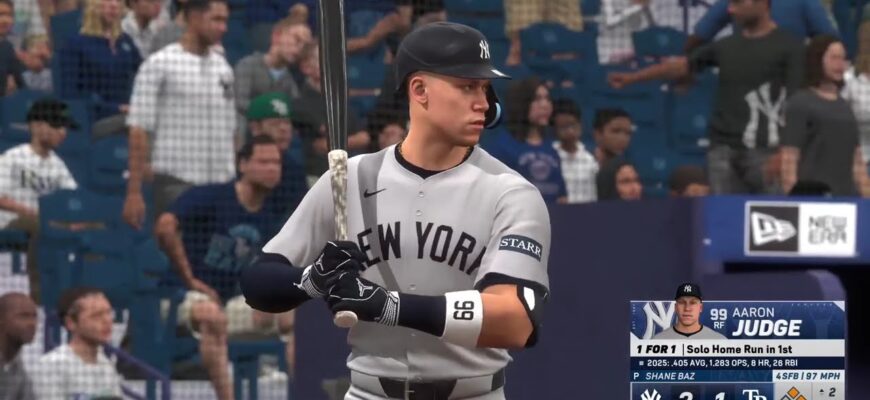As the clock relentlessly ticks towards July 31st, 6 p.m. ET, the 2025 Major League Baseball trade deadline isn`t just a date on the calendar; it`s a strategic battleground. For executives and fans alike, it’s a high-stakes poker game played out across the league, where teams either push all their chips in for a shot at glory or meticulously fold, banking on a stronger hand in seasons to come.
The essence of the trade deadline lies in its dual nature: a sprint for contenders and a marathon for rebuilders. Teams vying for a postseason berth meticulously scrutinize their rosters, identifying the precise weaknesses that could derail a championship dream. These aren`t always the earth-shattering blockbusters that dominate headlines. Consider the Atlanta Braves` acquisition of right-hander Dane Dunning from the Texas Rangers. A seemingly quiet transaction on July 17th, Dunning’s 3.38 ERA over limited innings speaks to a valuable, quietly reliable arm – a depth piece crucial for fortifying a bullpen or rotation against the unforgiving grind of October. Similarly, the Kansas City Royals` reunion with utility infielder Adam Frazier from the Pittsburgh Pirates on July 16th underscores the unsung value of versatile, experienced hands. Frazier’s modest .654 OPS might not ignite fan fervor, but his ability to cover multiple infield spots is a tactical asset, the baseball equivalent of a Swiss Army knife for a team with playoff aspirations.
On the flip side of this immediate gratification coin are the teams with an eye firmly fixed on the horizon, opting to divest established talent for future assets. The Baltimore Orioles` move on July 10th, sending reliable bullpen arm Bryan Baker to the Tampa Bay Rays in exchange for a Competitive Balance Round A Draft Pick (the 37th overall selection in the 2025 draft, eventually used on high school outfielder Slater de Brun), epitomizes this long-term strategy. Baker was a performing asset for the Orioles, tallying 50 strikeouts with a 3.52 ERA. Yet, for a team perhaps not in immediate contention, trading a solid reliever for a high draft pick is a calculated wager on unproven potential, a strategic divestment designed to cultivate the next generation of stars. It`s akin to selling a dependable, workhorse vehicle to invest heavily in cutting-edge, yet unproven, future technology.
And then there are the seismic shifts, the trades that send tremors throughout the league, redefining competitive landscapes. The San Francisco Giants` mid-June acquisition of three-time All-Star third baseman Rafael Devers from the Boston Red Sox was precisely one such stunner. Devers, a prodigious power hitter boasting a .905 OPS and 15 homers through 73 games, was undeniably producing for Boston. However, the whispers of a “turbulent season” and “off-field issues” appended to his profile add a layer of human drama, a reminder that behind every statistic lies a complex individual. Boston, in return, received a substantial package: major-league pitchers Kyle Harrison and Jordan Hicks, alongside promising prospects Jose Bello and James Tibbs III. This wasn`t just a transaction; it was a strategic declaration – a clear signal from the Red Sox that a reset button had been hit, while the Giants made an audacious statement of intent for immediate contention. These are the moves that often define championship legacies, or, on occasion, become cautionary tales.
The MLB trade deadline is far more than a simple exchange of players and prospects; it’s an intricate ballet of negotiation, risk assessment, and almost prophetic vision. General managers transform into grand chess masters, each move painstakingly calculated, each piece – from a reliable bullpen arm to a potential generational talent – weighed for its immediate impact and long-term implications. The perceived value of a veteran infielder, a versatile utility man, or a raw prospect can fluctuate wildly based on team needs, market dynamics, and even the faintest whispers of the rumor mill. It is, unequivocally, a high-stakes gamble where the currency exchanged isn`t merely money, but the very essence of potential, proven performance, and the aspirational future of a franchise.
As the final seconds tick away on July 31st, the baseball world watches with bated breath. Each confirmed trade is not just a roster adjustment; it`s a vital piece in a much larger, unfolding puzzle, shaping the playoff picture, altering the trajectory of rebuilding efforts, and setting the stage for the dramatic conclusion of the season. When the dust finally settles, some teams will undoubtedly emerge stronger, poised for October glory. Others will have strategically sown the seeds for future harvests, patiently waiting for their time to bloom. And a select few will be left to ponder if they truly played their hand correctly. Such is the beautiful, ruthless business of baseball at its most pivotal juncture: the trade deadline.







